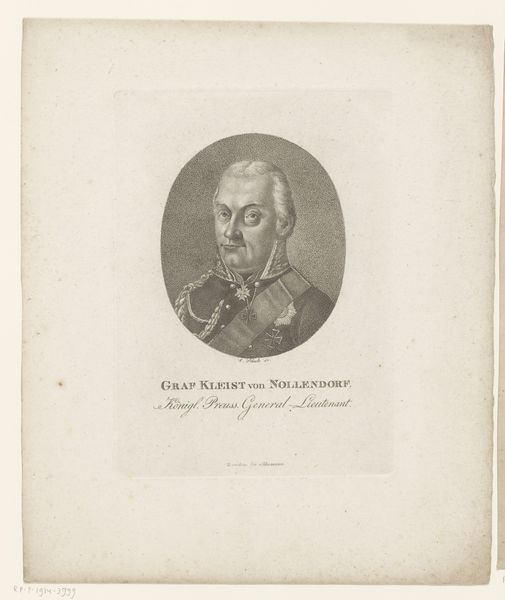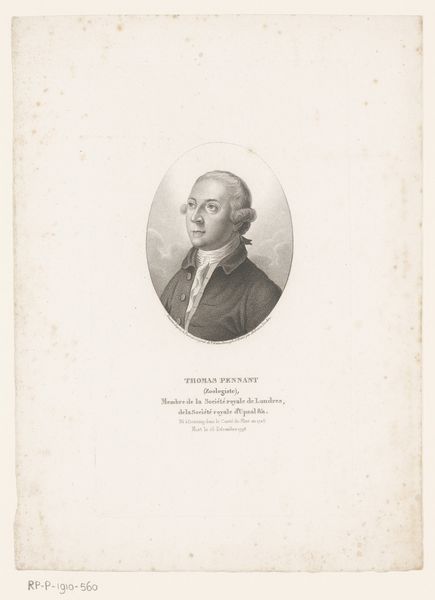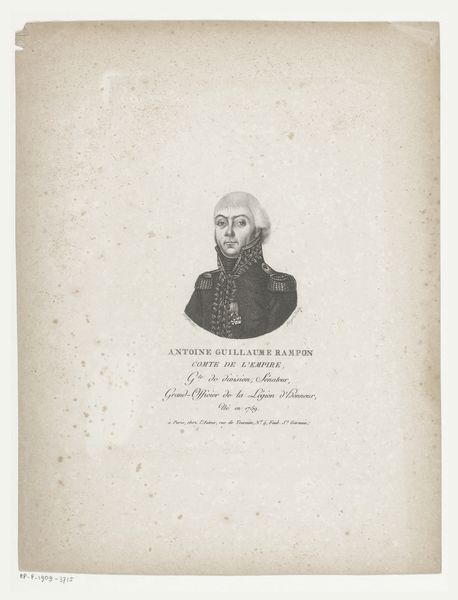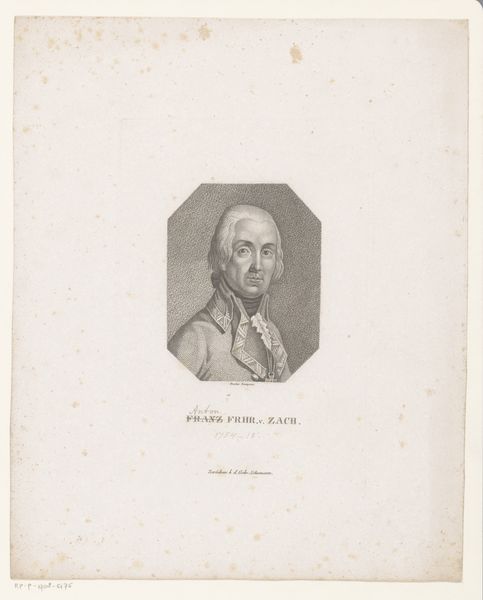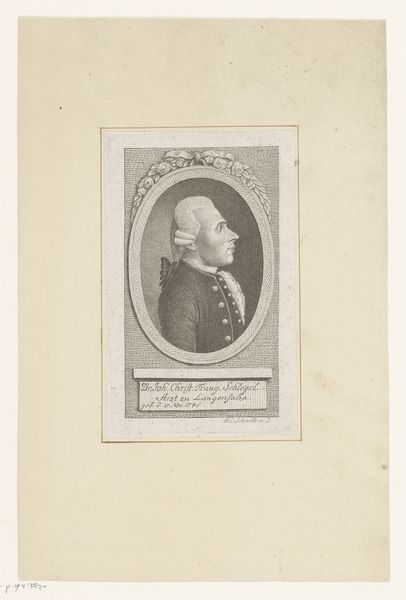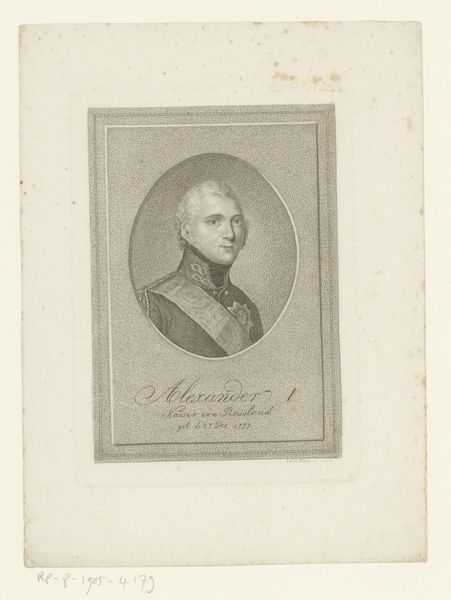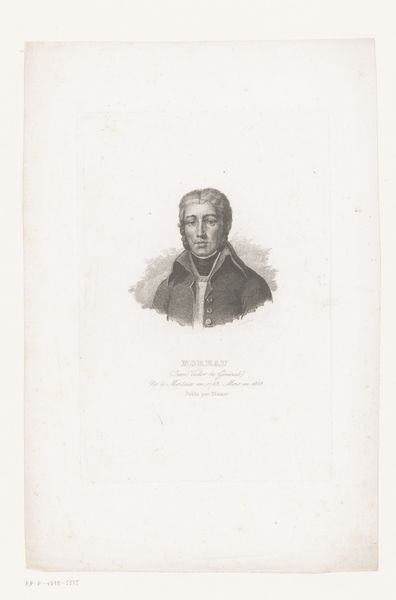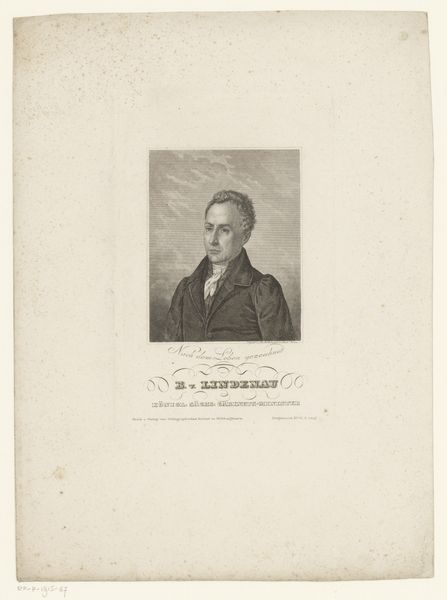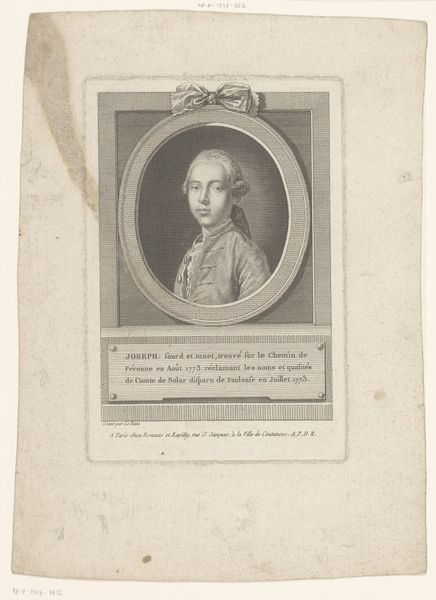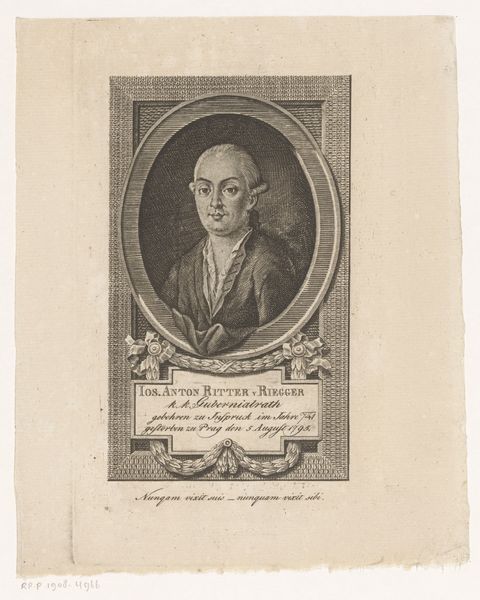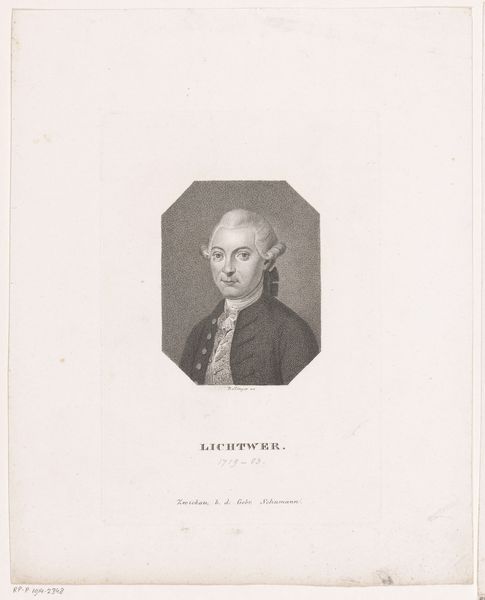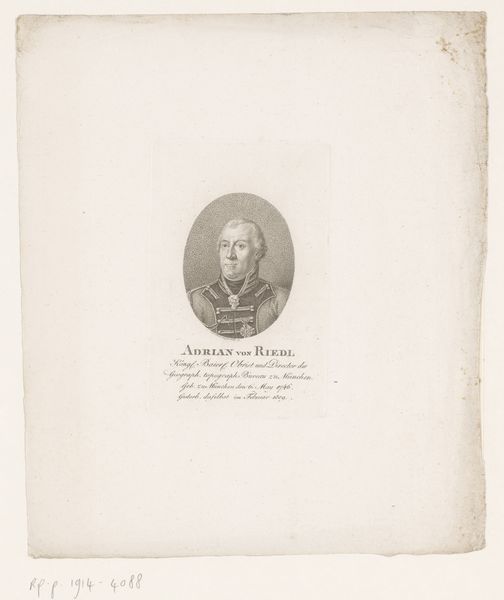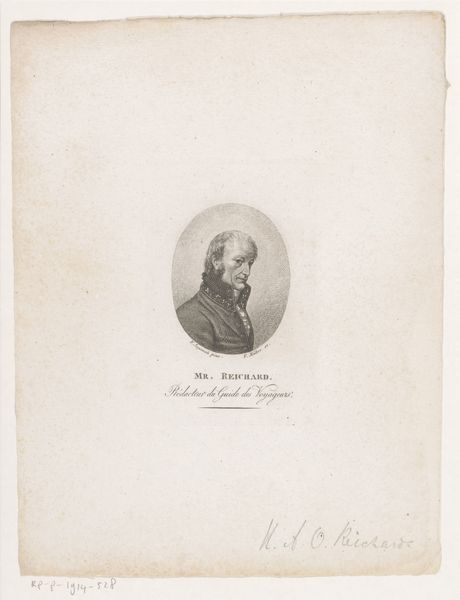
print, engraving
#
portrait
#
neoclacissism
# print
#
history-painting
#
engraving
Dimensions: height 215 mm, width 145 mm
Copyright: Rijks Museum: Open Domain
Curator: This engraving from 1810 depicts Ferdinand III, Grand Duke of Tuscany. What do you make of it? Editor: My first thought is the crispness of the image for something over two hundred years old. It speaks to the quality of the paper and ink. It’s quite minimalist, emphasizing the sitter’s austere gaze. Curator: Engravings of this era often carry a symbolic weight. Ferdinand’s posture, the way his clothing signifies rank...it's all quite intentional. Consider the subtle expression—is it aloofness or something more troubled? Editor: It's certainly controlled. What interests me, though, is thinking about the labor involved in creating the work. The fine lines of the engraving itself – each one painstakingly carved to achieve this level of detail. The engraver would have worked meticulously. Curator: Exactly. The visual language employed carries codes. His gaze seems focused slightly downward, a symbolic gesture of humility perhaps, or introspection expected of leaders at that time. Editor: It makes you wonder about accessibility. Was this print designed to circulate widely or meant for a more elite consumer with the money to purchase these luxury goods, paper, and printed items? Curator: Both. Printmaking allowed images to be distributed, shaping perceptions of power. This also suggests that engravings had symbolic importance beyond pure aesthetics. What it represents would reflect its power to those in positions of rule. Editor: So, even through a mass-produced image like this, you could establish hierarchy by sheer visibility, dictating the tastes for certain subjects for centuries afterwards. The politics of art in plain sight! Curator: Precisely. These visuals communicated unspoken social rules. This engraving helps reveal continuities in visual languages, reminding us of power structures reflected throughout different eras. Editor: Examining such work really underscores how everyday processes reflect larger social frameworks, making one think differently about even simple image production.
Comments
No comments
Be the first to comment and join the conversation on the ultimate creative platform.
